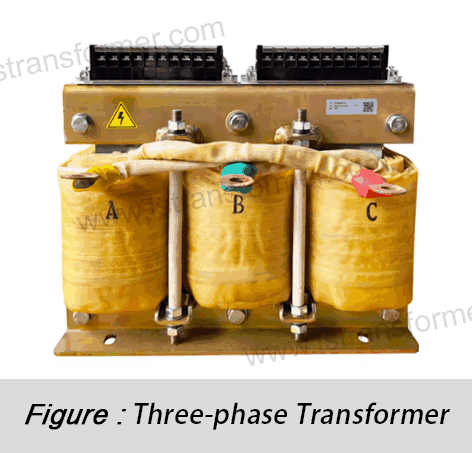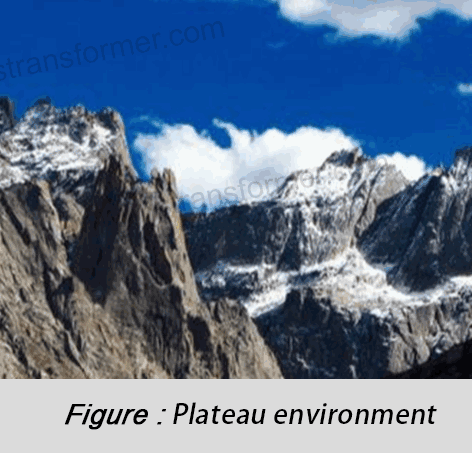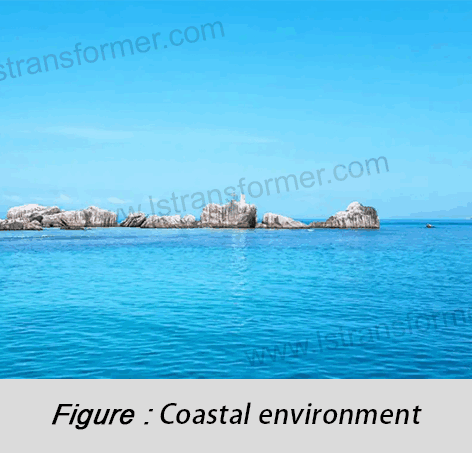How Ambient Temperature Affects Temperature Rise? —Temperature Rise Correction Factors for High Altitude and Humid Regions
How Ambient Temperature Affects Temperature Rise?
—Temperature Rise Correction Factors for High Altitude and Humid Regions
Transformers and reactors, as core equipment in power systems, directly impact the stability of the entire grid. With the global deployment of power equipment, environmental factors affecting temperature rise have become a key focus of International Electrotechnical Commission (IEC) and IEEE standards. This article explores the mechanisms of ambient temperature, altitude, and humidity on transformer temperature rise and details internationally recognized correction factor calculations. This helps power engineers and procurement decision-makers accurately evaluate equipment performance under varying environmental conditions.
Content
1. Fundamental Relationship Between Ambient Temperature and Transformer Temperature Rise
Transformer temperature rise (ΔT) refers to the difference between operating temperature and ambient temperature, reflecting the device’s cooling capacity and load performance. According to IEC 60076-2 and IEEE C57.91 standards, the design temperature rise is based on the thermal equilibrium equation:
ΔT = P/(k×A) + ΔTinitial
Where:
-P:Total transformer losses (including iron and copper losses), in watts (W).
-k:Comprehensive heat dissipation coefficient, W/(m²·°C).
-A: Effective cooling surface area, m².
-ΔTinitial: Initial temperature difference, °C.
Ambient temperature affects temperature rise through three mechanisms:
(1)Cooling Efficiency Change:Higher ambient temperatures reduce the ΔT between the device and environment. Per Newton’s Law of Cooling (Q = k×A×ΔT), this lowers heat dissipation efficiency, causing heat accumulation.
(2)Insulation Material Degradation: Per Arrhenius’ Law, insulation paper aging doubles every 10°C rise, forcing load reduction to maintain lifespan.
(3)Oil Viscosity Change: Transformer oil viscosity decreases with temperature. Below 45°C, a 10cSt reduction increases oil flow by 15–20%, but beyond 60°C, cooling improvements diminish.
Ambient Temp. (°C) | Allowed Temp. Rise (°C) | Expected Lifespan (Years) | Capacity Utilization (%) |
20 | 65 | 30 | 100 |
30 | 55 | 25 | 95 |
40 | 45 | 15 | 85 |
50 | 35 | 5 | 70 |
Table 1: Impact of Ambient Temperature on Oil-Immersed Transformer Performance
2. High-Altitude Effects and Correction Methods
Altitude impacts transformers via air density and pressure changes. Per IEC 60076-12, the following correction applies for every 1,000-meter altitude increase:
● Coolcing Capacity Correction Fator (Kalt):
Kalt = 1 + 0.01 × (H – 1000)/100
Where H is altitude (meters), valid for 1,000–4,000meter.
For example, at2,000meters,Kalt=1.1,indicating a 10% higher temperature rise.
Physical Mechanisms:
(1)Lower Air Density:At 3,000 meters, air density is only 70% of sea level, reducing convection cooling.
(2)Reduced Partial Discharge Inception Voltage (PDIV):PDIV drops ~12% per 1,000 meters due to lower pressure.
(3)Coolant Boiling Point Shift:Mineral oil boiling point decreases 5–8°C per 1,000 meters.
● Insulation Reinforcement Requirements:
High-altitude transformers must:
(1)Increase external insulation clearance:20–30% per 1,000 meters (per IEC 60071-2).
(2)Optimize oil channel design:15% higher flow rate to offset cooling loss.
(3)Use high-altitude bushings:50% wider shed spacing.
3. Humid/Tropical Environments: Combined Effects and Corrections
Tropical coastal regions face high temperature (40°C+) and humidity (90%+ RH). The IEC 60721-3-4 standard defines the correction factor K<sub>th</sub>:
Kth = 1 + 0.005 × (Ta – 30) + 0.003 × (RH – 60)
Where Ta is ambient temperature (°C) and RH is relative humidity (%).
Key Challenges:
(1)Insulation System:
-- Every 10% RH increase raises surface leakage current 3–5x.
-- At 85% RH, cellulose insulation moisture reaches 4.5% (vs. ≤2% normal).
-- Solutions: Double O-rings + nitrogen buffer seals.
(2) Metal Corrosion:
-- Salt spray corrosion rates are 8–10x higher than in dry climates.
-- Recommendations: Stainless steel fasteners (Cu ≥ 0.4%), 200μm hot-dip zinc coating.
Climate Type | Conditions | Temp. Rise Factor | Capacity Factor | Special Requirements |
Temperate Continental | 30°C, 50% RH | 1.0 | 1.0 | Standard design |
Tropical Rainforest | 40°C, 95% RH | 1.15–1.25 | 0.85 | Moisture-proof coating + ventilation |
High-Altitude Dry | 25°C, 30% RH, 3,000m | 1.3 | 0.75 | Enhanced insulation + UV protection |
Coastal Industrial | 35°C, 80% RH | 1.1–1.2 | 0.9 | Anti-corrosion + salt-spray resistance |
Table 2: Correction Factors for Different Climates
In Summary
With scientific correction factors and tailored designs, modern transformers operate reliably from -50°C to +60°C. Users should conduct environmental assessments per IEC 60076-14 and select products with IEC 62305 lightning protection and ISO 12944 corrosion resistance certifications.
Contact Us
LuShan, est.1975, is a Chinese professional manufacturer specializing in power transformers and reactors for50+ years. Leading products are single-phase transformer, three-phase isolation transformers,electrical transformer,distribution transformer, step down and step up transformer, low voltage transformer, high voltage transformer, control transformer, toroidal transformer, R-core transformer;DC inductors, AC reactors, filtering reactor, line and load reactor, chokes, filtering reactor, and intermediate,high-frequency products.
Our power transformers and reactors are widely used in 10 application areas: rapid transit, construction machinery, renewable energy, intelligent manufacturing, medical equipment, coal mine explosion prevention , excitation system, vacuum sintering(furnace), central air conditioning.
Know more about power transformer and reactor :www.lstransformer.com.
If you would like to obtain customized solutions for transformers or reactors, please contact us.
WhatsApp:+86 17267488565
Email:sales@hnlsdz.com

 EN
EN
 FR
FR DE
DE ES
ES



